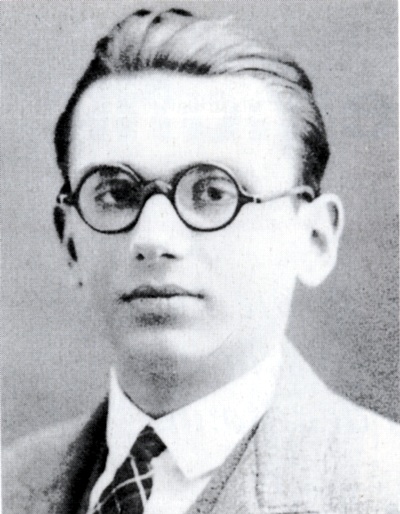Mathematics and art: Test based versus project based assessment
Posted by: Gary Ernest Davis on: February 12, 2011
The following post was written by Michel Paul (edited – mainly links and images – by Gary Davis)
_____________________________________________________________________________________
Something that has occurred to me regarding test based assessment vs. project based – our test based approach tends to emphasize ‘math and science’ rather than ‘math and art‘.
However, math has just as much to do with art, music, and philosophy as it does with science and technology.
That’s why I believe programming should become a standard part of the math curriculum.
Programming is putting one’s thoughts into language.
Its significance for education goes way beyond simply using the computer as a tool. When we program we are saying something, we are making assertions and describing procedures, patterns, and the properties of objects. We are organizing our ideas.
The mathematical objects we can describe through programming occur in both science and art. Fractals are a great example.
We so often say to students that ‘math is a language‘, but we really don’t teach it that way. Instead, what we teach is a kind of stimulus/response to problem types. We tend to emphasize “When you see this, do that,” and that is how students learn to think. They usually ask “What are we supposed to do?” rather than “What does this mean?”
I think the typical way in which technology is used in math classes only reinforces this behavior, and it tends to separate the math and the technology. We have the math ‘here’ on our paper and the technology over ‘there’ in a calculator or an app, and on those occasions when we need it, we will reach for the device to help us do the math. However, when you create a project using GeoGebra or Python or even just a spreadsheet, you are creating a document. The math and the technology become one. And this is especially true in programming.
I like to say that fractions are objects, not unfinished division problems. A fraction is a two-part data structure. It is a tuple. Reasoning about how the parts of a fraction maintain their integrity as they interact with other fractions is simultaneously mathematically and technologically educational.
I have experienced this separation of math and technology as one of the main obstacles to the proposal of integrating programming into the curriculum.
The response to such a suggestion has typically been that we already have calculators to help us do the math, so why do we need to add programming as an ‘extra layer’?
I see it in reverse. I see the activity of programming as math itself, especially when considering the perspective of Church and Turing‘s work.
This is significant. I think math students should hear these names. I think it is utterly amazing that high school kids never hear of Gödel, but his work in math was just as important as Einstein’s in physics. Imagine if our science students never heard of Einstein!
In math we tend to measure trained responses to problem types rather than depth of creative/reflective thought. Of course – how do you measure depth of creative/reflective thought? And that was my initial question. : ) It’s what I’d like to find out.
Regarding testing, as I can’t just do away with it, something I have recently been doing a lot of is justified true/false.
I tell the students that if you’re going to assert that something is true or false, you should also be able to say why. That’s very important in mathematics.
I tell the kids that they can justify their responses in all kinds of ways. They can draw a picture or use algebra or written prose, but in some way they need to be able to say why they think what they think.
In a way I see this as similar to creating a project. And if they really don’t know, they should be able to say so. I have found it fascinating. I have occasionally seen students beautifully justify the exact opposite of what they’ve asserted! An example of such a problem:
True/False:Â Since the digits of pi ‘go on forever’, pi does not have an exact location on the real number line.



Leave a Reply